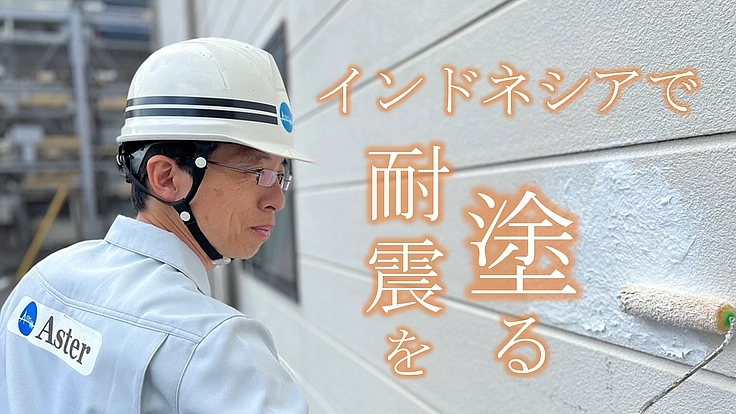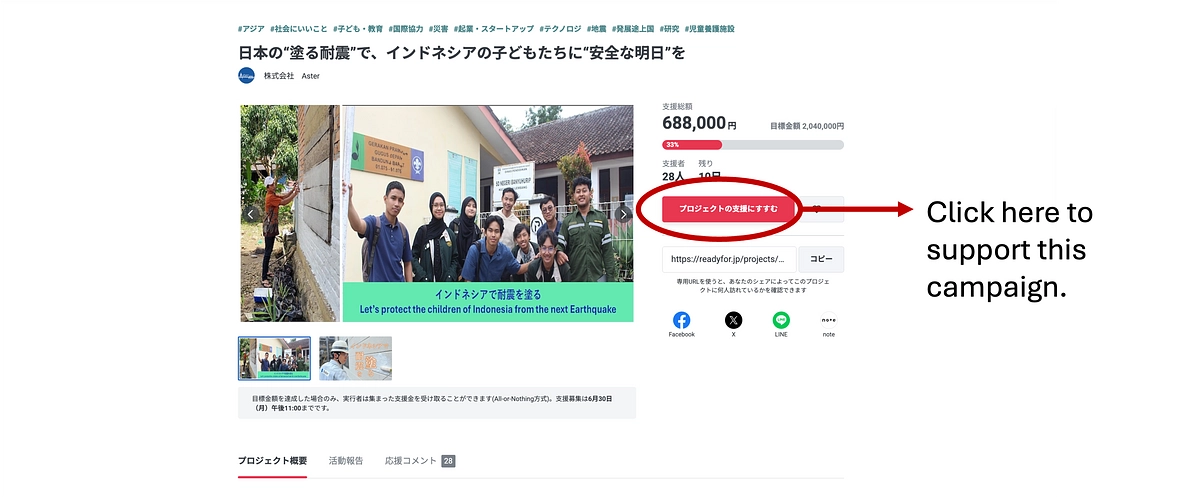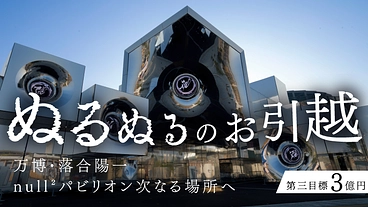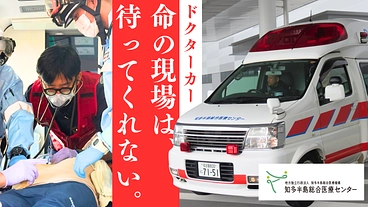支援総額
目標金額 2,040,000円
- 支援者
- 57人
- 募集終了日
- 2025年6月30日
English page
Strengthening schools and securing brighter futures for Indonesian children through seismic retrofitting—drawing inspiration from Japan’s earthquake-resilient technology
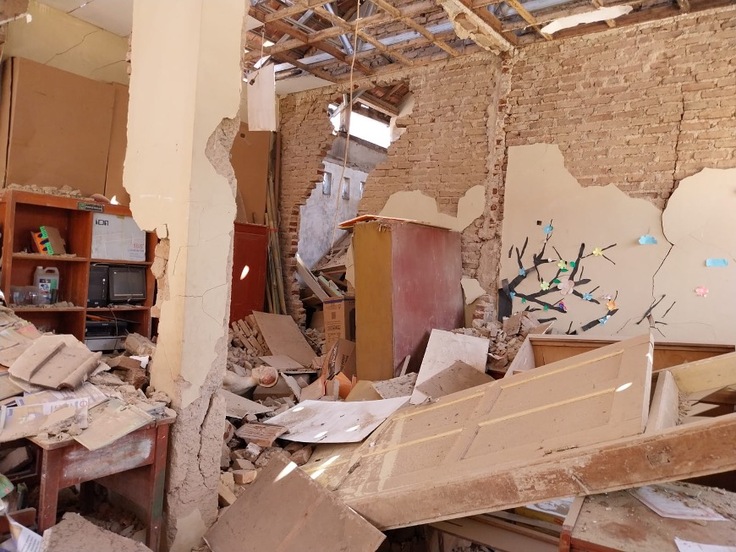
Imagine a world where every child walks into school with a smile, feeling safe within walls that will protect them—free to learn, grow, and dream without fear.
"No child should ever fear going to school."
We share one mission: to build a world where no one dies because a building collapses during an earthquake. Earthquakes strike without warning, and the greatest toll falls on communities that are unprepared and on structures built without seismic standards.
My name is Masaomi Suzuki, and together with our team, a network of alumni from the Urban Disaster Mitigation Engineering Lab at the University of Tokyo, we’re starting a new initiative in collaboration with lecturers from Institut Teknologi Bandung, Indonesia.
“This time, our focus is on retrofitting school buildings in Indonesia.”
You may wonder: Why school buildings? Why Indonesia? As you may know, Indonesia sits on the Pacific "ring of fire," making it highly prone to earthquakes. These disasters happen frequently, and you can see the damage they cause in the news and other media. But our priority isn’t just to physically retrofit buildings and make them stronger. Our mission is deeper to raise awareness and help communities recognize the threat of earthquakes, starting from schools, where the future begins.
“By doing this, we want to give the children the freedom to learn without fear.”
Let’s work together to protect lives before the next earthquake happens.
Why is retrofitting buildings crucial for disaster mitigation?
Looking back at major earthquakes between 1915 and 2015 that resulted in over 10,000 casualties, studies show that 79% of the 1.72 million deaths and injuries were caused by masonry building collapse. In Asia, the 2001 Gujarat earthquake in India and the 2003 Bam earthquake in Iran each claimed over 20,000 lives. In Europe, the 2016 Central Italy earthquake destroyed entire towns like Amatrice. And in 2023, the Turkey–Syria earthquake left more than 50,000 people dead.
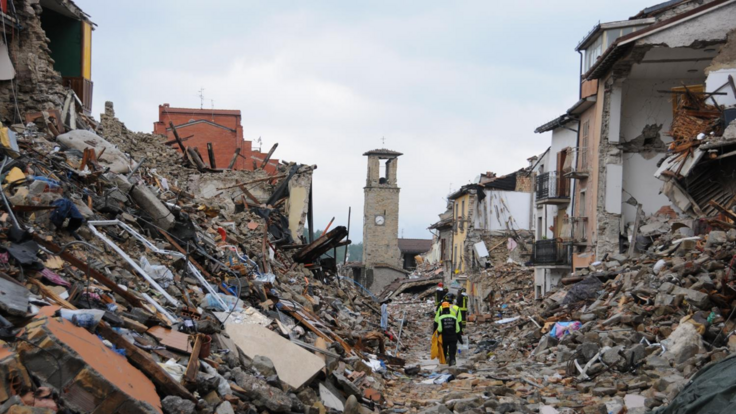
Here’s the truth: it's not the earthquake itself that kills — it’s the consequences that follow. Building collapses, fires, landslides, liquefaction, and tsunamis are the real dangers. Among all the dangers caused by earthquakes, building collapse, especially of masonry structures, has the greatest impact on casualties and damage. What makes this even more alarming is how common these buildings are? Up to 60% of the world’s population lives in masonry structures. They’re popular because they’re simple, cheap, and easy to build. But here’s the problem: many were constructed without proper reinforcement, making them dangerously vulnerable in an earthquake. Rebuilding or relocating the buildings can be expensive, but retrofitting is a practical, affordable solution that can save lives.
What makes masonry structures even more dangerous?
It’s their brittle failure; they can collapse suddenly during an earthquake, without warning, leaving people no time to escape. This video shows just how dangerous that can be:
“Despite the high risk, very little progress has been made in strengthening these structures.”
These tragedies make one thing clear: we can’t wait.
Masonry walls can be dangerous during earthquakes.
This isn’t just a lesson from history — the danger is real, right now.
What kind of retrofitting method works best for masonry buildings?
Retrofitting masonry buildings, especially schools, requires methods that are strong, quick to apply, and easy to use. While many techniques exist, the best ones balance structural performance, like strength and energy dissipation, with practical needs, such as speed and minimal disruption. Some high-strength materials, like FRP, often face bonding issues with masonry, which can lead to failure. That’s why in this project, we’re using Aster Power Coating—a surface-applied material that not only boosts earthquake resistance but also improves the building’s appearance. Backed by research published in Scientific Reports (Nature): https://www.nature.com/articles/s41598-024-58365-4, this method has already been applied in several locations, showing real potential for safer schools.
The current situation at Banyuhurip Elementary School in Indonesia
Among public facilities, schools suffer the highest rate of earthquake damage. Between 2000 and 2021, a staggering 23,552 schools in Indonesia were affected. Common damage includes collapsed walls or falling debris.
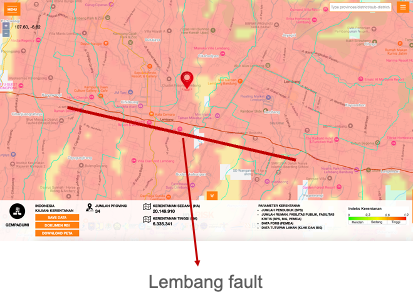
The school is located in Banyuhurip, West Java, where the Lembang Fault, a potential epicenter for major earthquakes, lies nearby. If a quake strikes, the area is expected to face severe damage.
Thanks to the support of Dr. Asih, a lecturer at Institut Teknologi Bandung, Indonesia, who has been instrumental in our outreach efforts in Indonesia, we were able to secure the cooperation of Banyuhurip Elementary School. The school’s principal, Mr. Jajang Kamiludin, has officially granted permission for the project, including the use of the school’s name and images.
West Java, like Japan, is a region marked by numerous subduction zones and active faults, making it highly susceptible to earthquakes. On the seismic map, the thick red lines represent subduction zones, and the thinner red lines indicate faults—both regional and local quakes are frequent. The countless orange dots show the actual locations of past earthquakes.

During our visit, we found visible cracks in the school’s walls—signs of damage from past minor earthquakes. Some cracks exceeded 1 meter in length, posing serious safety risks and highlighting the need for urgent repair.

Interview with Bu Intan, a Teacher at Banyuhurip Elementary School. Our conversation with Bu Intan revealed deep emotional concerns and a strong desire for a safer and more comfortable school.
These cracks, left behind by past earthquakes, are a warning. They remind us that the next disaster could strike at any time.
That’s why we can’t wait. We must act now, together!
Let’s work together to protect lives before the next earthquake happens.
Support this project—here’s how! >>> Link
リターン
3,000円+システム利用料
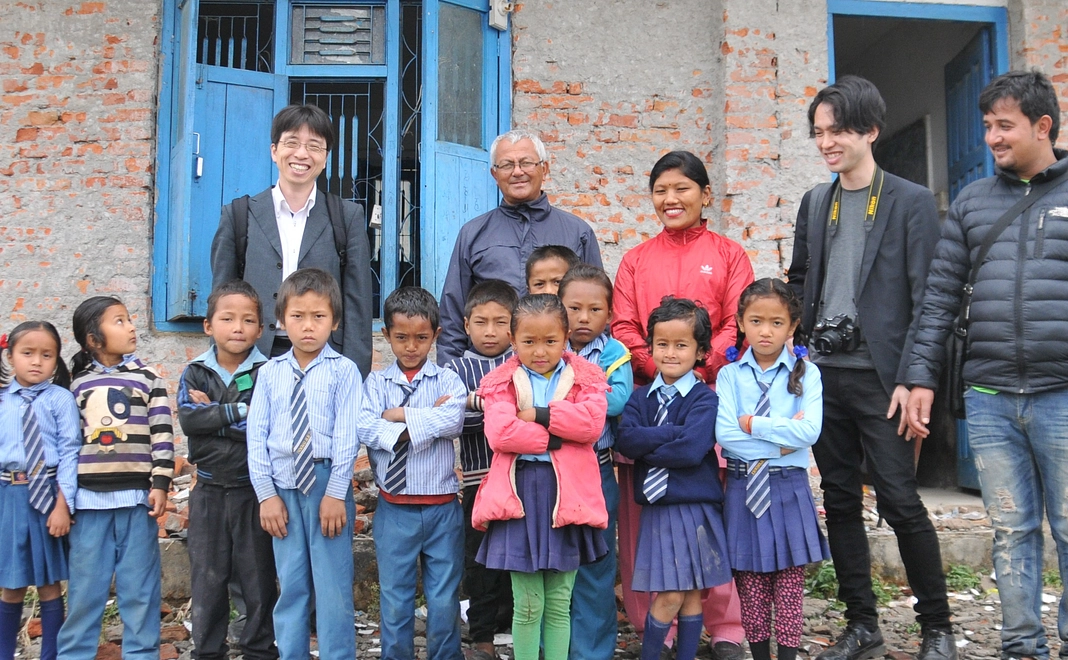
【現地を応援する】感謝のメール
●活動内容と成果を写真と共に報告します。
●現地での記念撮影を電子メールで送ります。
- 申込数
- 21
- 在庫数
- 制限なし
- 発送完了予定月
- 2026年2月
3,000円+システム利用料
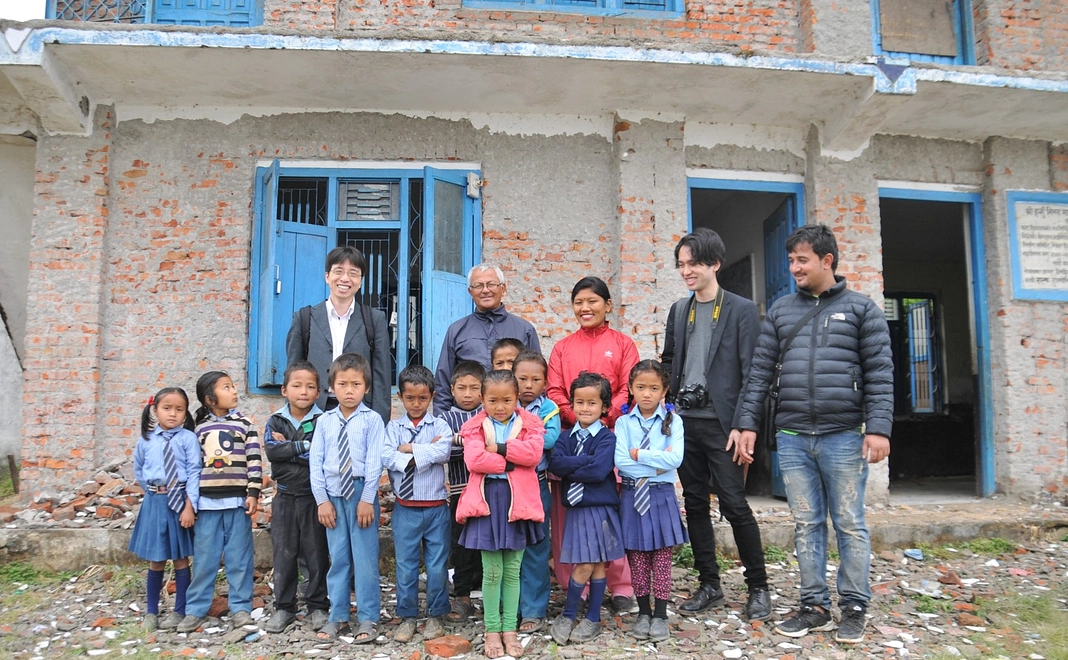
Personal e-mail and activity report
Personal e-mail expressing our gratitude and activity report of retrofitting project
- 申込数
- 3
- 在庫数
- 制限なし
- 発送完了予定月
- 2026年2月
3,000円+システム利用料

【現地を応援する】感謝のメール
●活動内容と成果を写真と共に報告します。
●現地での記念撮影を電子メールで送ります。
- 申込数
- 21
- 在庫数
- 制限なし
- 発送完了予定月
- 2026年2月
3,000円+システム利用料

Personal e-mail and activity report
Personal e-mail expressing our gratitude and activity report of retrofitting project
- 申込数
- 3
- 在庫数
- 制限なし
- 発送完了予定月
- 2026年2月
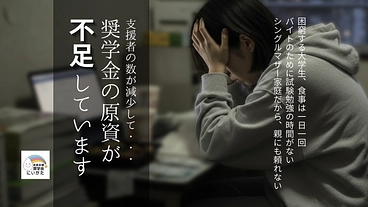
奨学金の原資が不足しています│未来応援奨学金にいがた2025
- 現在
- 1,723,000円
- 支援者
- 88人
- 残り
- 30日
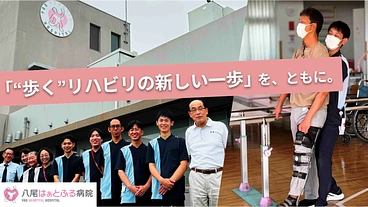
歩く喜び、その人らしさを支えたい。リハビリ支援ロボットの導入へ
- 現在
- 273,000円
- 支援者
- 8人
- 残り
- 72日

「アレルギー対応の教科書」を届けたい
- 現在
- 311,000円
- 支援者
- 36人
- 残り
- 10日

障害のある子どもたちの笑顔のために。久美学園修繕プロジェクト
- 現在
- 2,595,000円
- 寄付者
- 93人
- 残り
- 9日

貧困・虐待などで親を頼れない若者に伴走支援を|若者おうえん基金
- 現在
- 7,062,000円
- 支援者
- 329人
- 残り
- 7日

「防衛技術博物館を創る会」のマンスリーサポーターを募集します!
- 総計
- 530人

あなたの寄付がウクライナの子どもたちの未来を広げます
- 総計
- 53人

